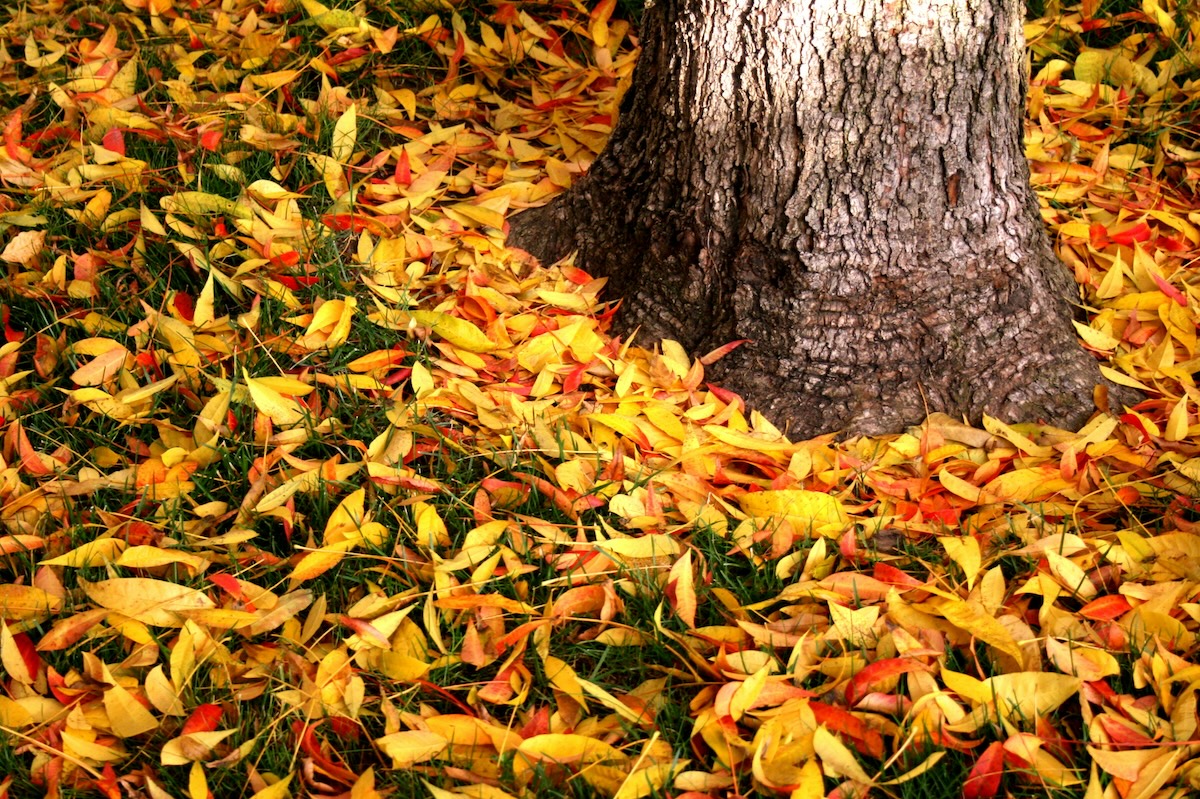This is the first post in a series of short, monthly conservation tips contributed by avid gardeners and conservation-minded residents of Piedmont.
Leaf litter is everywhere at this time of year — perhaps you have fond memories of jumping into giant leaf piles before they were raked up and disposed of in the garbage.
But leaves are something to celebrate and — forgive the pun — leave on the ground. The National Wildlife Federation launched a National Leave the Leaves initiative last month to raise awareness of how leaf litter benefits wildlife. Leaves provide helpful habitat and essential cover, food, and places to raise their young. Many types of wildlife (frogs, turtles, salamanders, and butterfly caterpillars) need leaf cover to survive the colder months. Also, leaving leaves on the ground can help reduce the volume of organic matter sent to landfills.
Fallen leaves provide a natural mulch. Letting the leaves degrade is a natural way to fertilize garden beds and under tree canopies. If you don’t want your leaves, perhaps you can offer them to your neighbors who compost. Composters love leaves because they add carbon to the compost which is a food source for the decomposing organisms and allows decomposition to happen.
Of course not everyone can let leaves lie. In Piedmont our leaves are part of green waste and are composted. Diverting the organic matter away from landfills helps to reduce the greenhouse gases (methane) produced by the landfill. Methane contributes to global warming.
